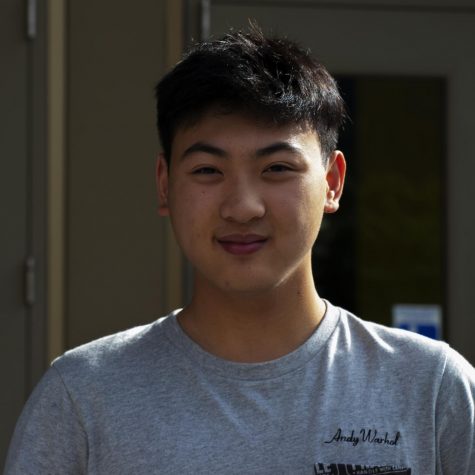Improvements in Cancer Research and Treatment
AIDED BY NEW TECHNOLOGY, Researchers are rapidly discovering new methods to combat cancer. Many scientists are harnessing the power of artificial intelligence to bring research and treatment to new heights.
November 27, 2019
With more and more resources being pooled into cancer research every year, increased funding has allowed cancer researchers to utilize new technologies to detect and combat cancer. One major breakthrough scientists have begun to discover after using supercomputers to analyze thousands of cells is the connection that human DNA has with the growth and formation of cancerous cells. Essentially, scientists have discovered a peculiar function of the circular part of human DNA, which first became apparent in the 1960s. But recent research has linked these circles to the rapid spreading of malignant cancer cells. In an interview with The New York Times, Dr. Howard Chang, a geneticist at Stanford University, reported that “our analysis indicates that they’re present in half of cancer types and in a quarter of the cancer samples we study.” When present in large concentrations, these DNA circles can rapidly accelerate cell growth and division, thus allowing cancerous cells to spread much more aggressively than they normally would.
Thankfully, technology is also evolving just as quickly to combat and research new treatments, prevention methods, and possible cures. New supercomputers like the MIRA Supercomputer operating at the McCormick School of Engineering at Northwestern University have facilitated many new breakthroughs in cancer and disease research. HPC Wire reports that the supercomputer has opened up a new method to detect cellular cancer known as “Dynamic partial-wave spectroscopic (PWS) microscopy” which “allows researchers to observe intracellular structures as small as 20 nanometers – smaller than those visible by optical microscopes – in three dimensions at a millisecond resolution, all without using disruptive labels or dyes.” Allen Taflove (a professor of electrical and computer engineering) and his research team then tested the new PWS system in combination with ultraviolet radiation used to kill cancer cells and the results were astounding. In the test, HPC Wire explained that the scientists “bombarded cancer cells with ultraviolet (UV) radiation, tracking the cells with dynamic PWS throughout the process. They found that when the UV light was applied to the cells for 10 to 20 minutes, the macromolecules in the cancer cells (which are responsible, for instance, for assembling new proteins or repairing DNA) briefly spasmed… and then died.” This experiment has several groundbreaking implications. With more consistency, the PWS system could become a crucial tool that doctors and researchers alike could utilize to pinpoint cancerous cells and remove them with unheralded speed and precision.
Other researchers are also employing artificial intelligence to complement current cancer treatment and detection methods. A Forbes article describing the research done by a group of researchers at MIT and Massachusetts General Hospital (MGH) has displayed the practical uses of artificial intelligence to detect and track cancer. Through the application of artificial intelligence, more cancer patients can receive custom screenings that help doctors pinpoint cancerous cells and their behavior much faster. Many people like Freshman Marika Takeuchi believe that “Computers and robots could be really important in taking the next step in finding cancer.”
This employment of smarter computers and more advanced artificial intelligence is also becoming a global trend in the battle against cancer. According to Physics World “A £56 million research network announced today by Cancer Research UK will transform the UK into a global hub for radiotherapy research. The network – Cancer Research UK RadNet – will accelerate the development of advanced radiotherapy techniques, including radiotherapy, MR-Linac treatments, proton therapy, stereotactic radiotherapy and artificial intelligence.” Such funding will help facilitate and accelerate the progress for advanced cancer research and safer cancer treatment to be tested and to hospitals. More specifically, the funding reported by Physics World“…aims to improve cancer survival by optimizing and personalizing radiotherapy. The centers will develop new techniques for delivering radiotherapy and investigate new radiotherapy–drug combinations, with a focus on reducing long-term side effects and improving patients’ quality-of-life. Projects will include innovative research into.”
However, while some people like Junior Rachel Geisser believe that the use of artificial intelligence and computers can have a big effect on improving how fast cancer is detected and treated.” Others like senior Alex Takeuchi believe that “humans are still more reliable in many cases.” Despite such groundbreaking discoveries, researchers are still far from finding a permanent cure to combat cancer once and for all. Sophomore Mizuki Yamada believes that “while finding a cure would be ideal, we don’t really know if it exists.” For now, the major concern remains how to implement these new discoveries practically and make cancer care more universal.




